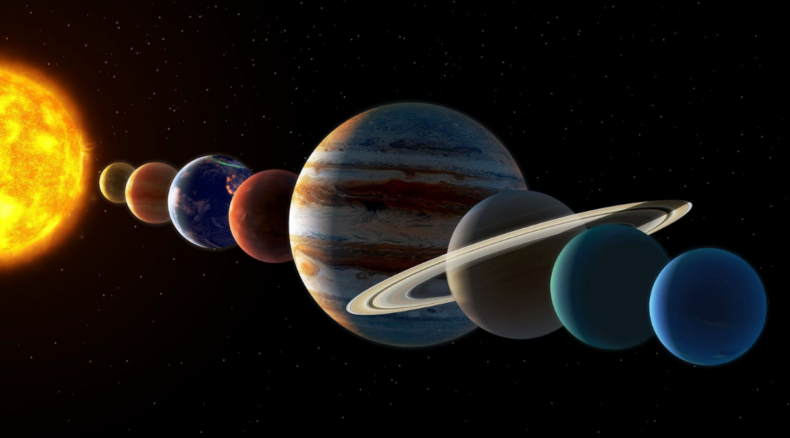How many and which planets?
Mercury, Venus, Mars, Jupiter and Saturn have aligned in order of their distance from the Sun and they can be seen without the assistance of binoculars or telescopes.
A rare celestial event close to the Earth has been set in motion this month, June, offering a chance to see the five planets visible to the naked eye across the pre-dawn sky. Mercury, Venus, Mars, Jupiter and Saturn have aligned in order of their distance from the Sun and they can be seen without the assistance of binoculars or telescopes.

What is this event ?
When 2-3 planets come together, it is called a conjunction. And, conjunction of five planets is rare. The last time, these five planets aligned in this order was in December 2004.
But to see this alignment in its entirety will require you to start early as Mercury, which is closest to the Sun, vanishes as the Sun rises. Find a high ground for an unobstructed view and look towards the eastern horizon before the sunrise.
“This is really cool,” Prof Beth Biller, personal chair of exoplanet characterisation at Edinburgh University’s Institute for astronomy, told The Guardian. “We now know of many other stars hosting multiple planets. This is a rare opportunity to see the same thing closer to home, with all five ‘naked eye’ planets in our solar system visible at once.”

When and how it can be seen ?
While they will appear in this formation all through the month, it could be difficult to see them on all days. On some dates, however, the alignment will be in its full glory. The first of these days was June 3 and June 4.
The next is June 24, when the planetary parade will be even more compelling, according to Sky & Telescope. The five planets will be visible for a longer duration (almost an hour), this morning, and Mercury will be easier to spot as it rises in the sky and brightens. Also, the parade will be joined by a guest, a crescent Moon placed between Venus and Mars.













